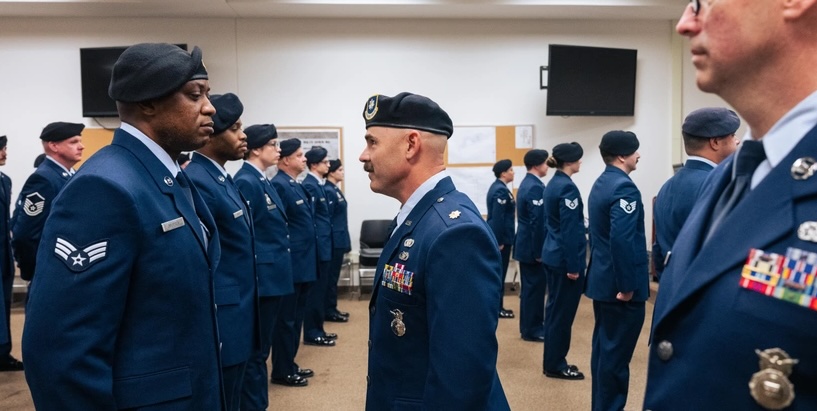Already a subscriber? Make sure to log into your account before viewing this content. You can access your account by hitting the “login” button on the top right corner. Still unable to see the content after signing in? Make sure your card on file is up-to-date.
The Pentagon has officially launched a reinstatement initiative to welcome back approximately 8,700 service members who were discharged for refusing the COVID-19 vaccine.
Some shit you should know before you read: Back when President Biden was in office, the Department of Defense implemented a strict COVID-19 vaccine mandate for all military personnel. Issued in August 2021 by then-Defense Secretary Lloyd Austin, the policy required all active-duty, National Guard, and Reserve troops to be fully vaccinated or face involuntary separation from service. While exemptions were permitted for medical, administrative, or religious reasons, many service members reported difficulty in getting approvals. In the end, around 8,700 were discharged solely for refusing the vaccine—even though they met all other service requirements.

What’s going on now: In an announcement, the Pentagon said it launched a formal campaign to reinstate thousands of service members who were discharged for refusing the COVID-19 vaccine, signaling a shift in policy and tone. “We’re committed to doing right by those who were affected by the Department’s former COVID-19 vaccination policy,” said Pentagon spokesman Sean Parnell. “Their service mattered then, and it still matters now. We’re ready to welcome them back!”
The outreach initiative, which began on April 7, includes letters of apology, emails, phone calls, and new online platforms providing detailed guidance on how to return to service. Eligible individuals have until April 1, 2026, to begin the reinstatement process. The process itself is designed to be more accessible than traditional enlistment. Former service members will be evaluated using the medical retention standard, which is less stringent than the usual accession standard applied to new recruits.
Returning service members must also commit to two to four years of active duty, depending on their branch.
One of the most significant incentives offered under the new policy is the potential for back pay, introduced through a January 2025 executive order signed by President Trump. According to a Pentagon official, “The idea behind the policy was not to offer a bonus or benefit, but rather to make the person stand financially in the same position they would have stood in had they never been discharged.”
The total amount will account for basic pay, housing and food allowances, and bonuses that would have been earned—with deductions for any income, VA benefits, or disability payments received while severed. Each branch will calculate this individually, with payments issued either as a lump sum or in quarterly installments, subject to taxation.






